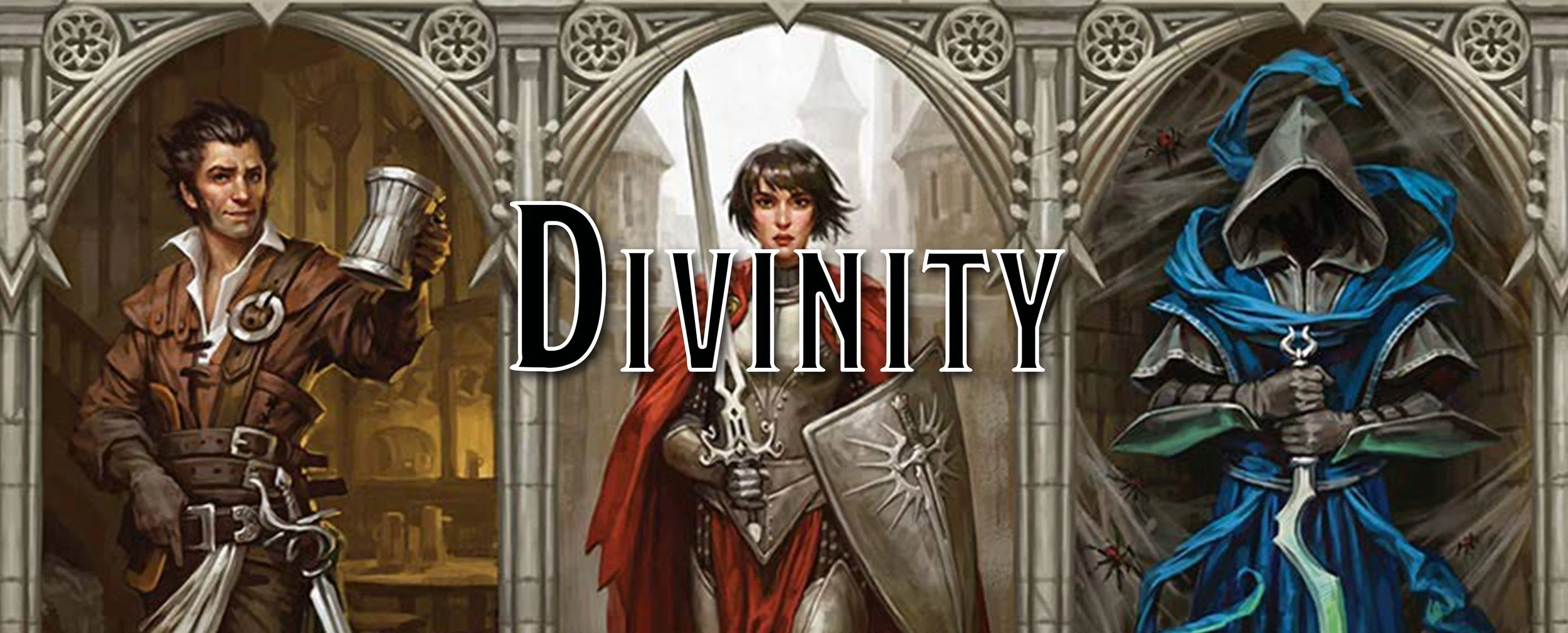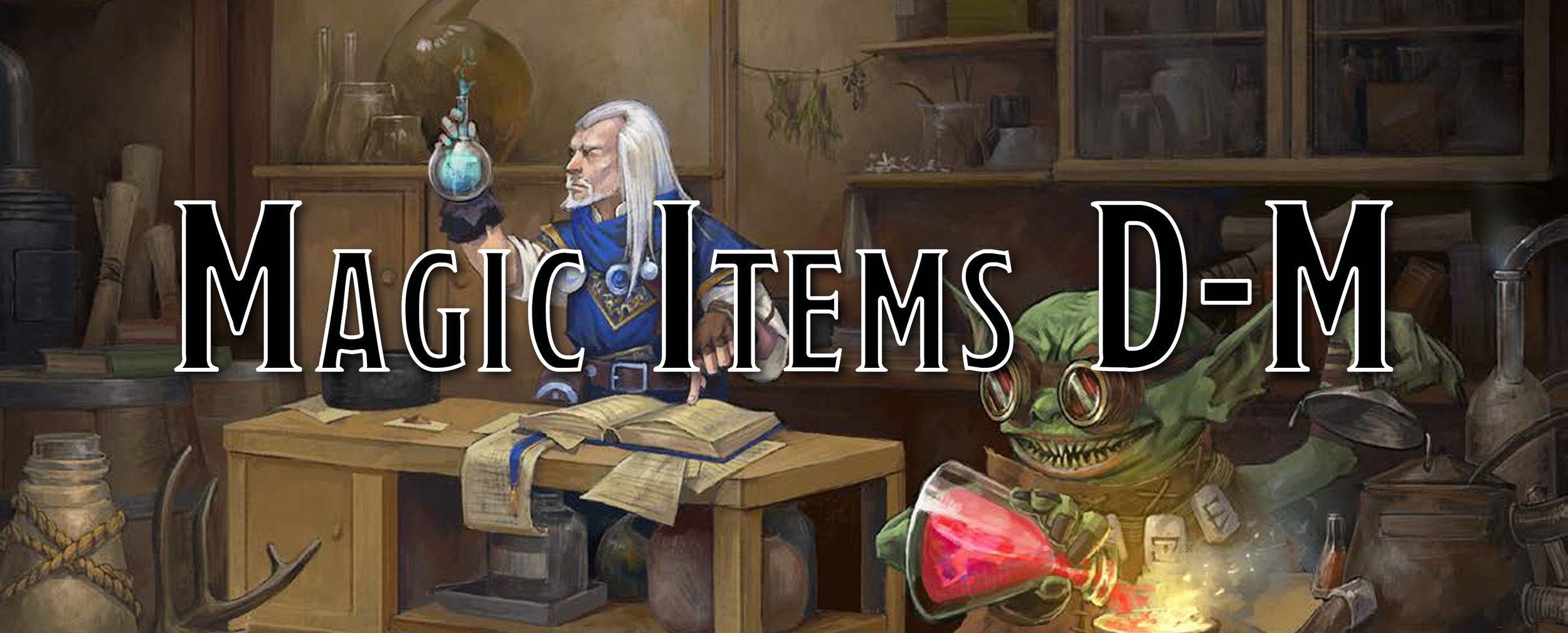5 Ideas to Steal from The Boy and The Heron
Over the weekend, I got the chance to see The Boy and The Heron (2023). I mostly went in blind, not really aware of what would happen, just half of an ad and the poster to go off of. This isn’t a review or rating of the movie, though I will say that I enjoyed it and, if you like other Studio Ghibli movies, to go check it out. I’m also not really into movie theaters, so no judgement from me if you wait until it comes out.
I will try to avoid too many spoilers in this post, but I can’t write an article like this without spoiling things. If you want to avoid all spoilers, just read the numbered header text and skip any italicized paragraphs below.
Next, I just feel like sharing my favorite Studio Ghibli movies, so you have a rough idea about what I like and can properly judge me for not listing Spirited Away in my top three.
Castle in the Sky (1986) - I just want a robot best friend and I’m a sucker for airships, but the themes of nature and technology co-existing is wonderful.
Kiki’s Delivery Service (1989) - While the film can feel anodyne at first watch, I love the theme of growing up and coming to terms with maturity. Plus, I really like bread.
Ponyo (2008) - Is this in my top 3 because my partner loves it a lot and quotes it to me constantly? Probably, but also - I love the look of this film and want to create an adventure with that look and feel.
With all of that out of the way, let’s get into the 5 ideas I think we should all steal from The Boy and The Heron to elevate our games and inspire adventures.
1) The Old is Mysterious
Throughout the movie, there is an old tower that is constantly talked about. Often, these glimpses into the past of the tower are incomplete, inaccurate, or just straight up wrong. No one knows the true history of the tower, and as we get deeper into the movie, we find out that the tower isn’t just a structure, but a piece of powerful magic hidden within it.
Having NPCs not know the full history of a location, object, or person is perfect for our games and our worldbuilding. If you are anything like me, I’ll describe something, then realize I don’t have a clear idea why I said the words that I did or why it is even like that. AND THAT’S FINE! The townsfolk living near the mountain have no idea why it glows green, why strange happenings occur in the graveyard, or why someone named the nearby lake after some dead guy.
The past is a mystery, NPCs don’t have all the answers, and the NPCs who claim to have answers, all have different answers. By creating this air of mystery, you keep up the sense of the unknown, of the strange, and the supernatural. Your players can explore the mysterious that grab them, and you, along with your table, the truths surrounding that mystery together. You don’t need to plan out every little piece of worldbuilding, just explore it with your players.
2) Magic is Dream Logic
The protagonist, Mahito, finds themselves suddenly waking up in their bed, unsure if the previous scenes were real or just a dream. Even when they are in the tower, there is this since of “is this all just a dream?” or perhaps, as a symptom from their head wound they get at the beginning of the movie. Is this magic really ‘real’, or just a figment of an over-imaginative mind trying to come to terms with loss, acceptance, and figuring out what a family is?
This should carry over to our games. We have books, like the Player’s Handbook, that is chockfull of magic, but magic in very precise and specific ways. When it talks about the magic of a fireball, it ensures that you know it is only ever a 20-foot radius circles, it always deals 8d6 fire damage unless you use a higher level spell slot, and that it will only take an action to cast. It won’t cast illusions, knock creatures over in the explosion, set your clothes on fire (unless they are unattended), or be anything but an explosion of fire.
This type of magic is prescriptive, not descriptive. But not all magic needs to be prescriptive. While it makes it very easy to run a game when all magic is hard-coded and tells the player what it does exactly, that does make magic a bit less... magical. At a certain point, your fireball spell feels more like science than magic.
I say all this, not to tell you that there is something wrong with creating magic like that, but that not all magic should be written like that. If you want a strange magical dungeon, you don’t need to figure out what spells were used to create it. It was magic. Magic created the dungeon, we don’t need to know the exact how. Magic should remain unknowable, unquantifiable, and operate the same way that dream logic does. While it has a certain amount of sense to it, it is still weird and unexplainable.
3) Turn the Mundane on its Head
I don’t know about you, but I was not ready for human-eating parakeets. That is not on my bingo card when I go see a Studio Ghibli movie, but I also love it. I need human-eating parakeets in all my games going forward.
I challenge you to take the mundane, the things you are familiar with, and breathe a new life into it. Struggling to think of a new monster to stock your dungeon with? Why not take the mundane squirrel, but give it something new to work with. Now it is the size of a giant, or it can shoot acorns out of its mouth, or it speaks backwards and needs help finding the McGuffin of the dungeon.
Don’t feel like only the fantastical can be fantastical. The mundane can be taken, twisted, reinvented, and spun on its head so that it becomes fantastical. In addition, you are taking something the players should be very aware of, like a cute lil’ bunny, and then giving it a fresh new spin, like jumping around and chewing on your throat like a chew toy.
4) Your Enemy is Your Friend
While I won’t talk about how I feel about an old man living inside of a heron (uncomfortable, to say the least), let’s talk about that relationship between the heron and the boy. At the beginning, you are unsure if the heron is an ally, an enemy, if it is trying to eat the protagonist, or maybe it is actually trying to be helpful. It’s not even clarified as the story progresses, but as we get more and more interactions between the two, the bickering ceases, and they soon are close allies who risk their lives to save each other at multiple points in the film. Though, at the end, is there a certain level of… foreboding… that comes between them?
Too often, a game like Dungeons & Dragons descends into the mindset of “Might Makes Right”. If I’m stronger than you, than I get to say how you should act. When we see goblins being ‘mean’ (from our viewpoint), we aren’t surprised when our players try to use their magic to kill the goblins. We don’t bat an eyelash when we see the players killing cultists, using magic to torture or mind control, and we don’t worry about whether the players are right or not, because they have the powerful spells, they get to decide what is right.
This does end up being that nuance is often forgotten about. We don’t tend to go into the shades of gray on whether an NPC is a friend, ally, rival, or enemy. They are either with us, or against us. But maybe we should start stepping away from that and introduce NPCs that are everything. They start off, maybe trying to use the players for their own ends, maybe trying to steal from them, and by the end of the campaign, they are close allies, or maybe the opposite happens. They start out as close friends, but over the course of a campaign, as the players make specific choices, the become bitter rivals.
This complex relationship only serves to strengthen the player’s ties to the game and to that NPC. Of course, this will be very hard to do when you have multiple personalities around the table, each with their own grudges and limits that they’ll let someone use them. Each with their own “might makes right” ideas, and how they interact with the game world. But if done right, you make a far more interesting NPC than you otherwise would, with complex wants, needs, and interactions with the party.
5) Travel the Worlds
In the movie, Mahito must travel outside the realms of comfort, and into an alternate world, in fact, it is the hub of worlds. I don’t think any regular reader to this blog would be surprised that I love the planes, that I love exploration, and that I love exploring the planes.
By going outside the normal, going to the different, and exploring the unique - you get the chance to tackle new stories, encounter new creatures, and bare witness to new sights. While our game is all about make-believe with others, it is still a chance to experience those new things we can’t do in our normal world. If all your campaigns take place on the material world, in normal, regular cities, you are missing out on the fantastical.
By going to new locales, new worlds, and new planes, you get the chance to throw your party out of their depth. No longer are they dealing with the known, but rather dealing with the unknown and the mysterious. Maybe they know the goblin stat block by heart, but by dropping them into a new plane, they have no idea why these goblins are glowing with radiant energy and calling down meteors divinely summoned from their gods.
And these new places don’t just need to rehash what is already on the material plane, but something wholly new. Celestials may have familiar shapes, or be a giant burning fire with golden rings covered in eyes slowly circling the fire. Fiends could look like weird gorillas, or be beings of fire and flames, with each crackling sound like that of internal torment of souls. By traveling the worlds, you get to bring out the unusual, and you don’t need to explain it or have a clear reason why. The players are in a new world, that means new rules that they have to learn, new monsters they have to learn, and new experiences to remember the adventure by.
Like what we are doing here?
Support us on Patreon!
You’ll get early access to deep dives, our Homebrew Hoard,
monster stat blocks and more!
Follow us on Instragram to keep up to date on everything we talk about!



